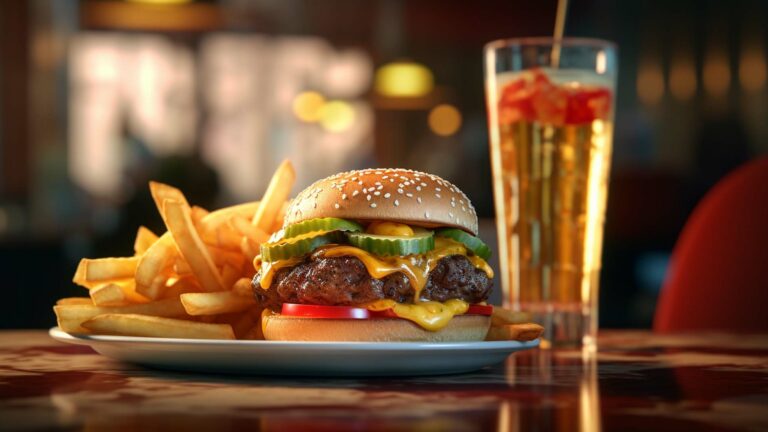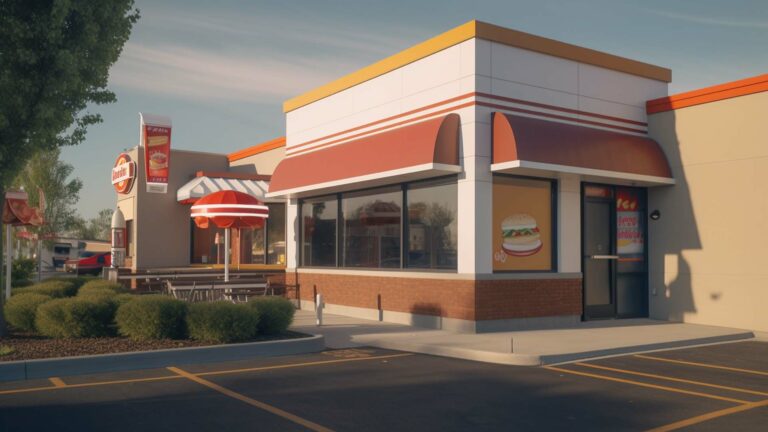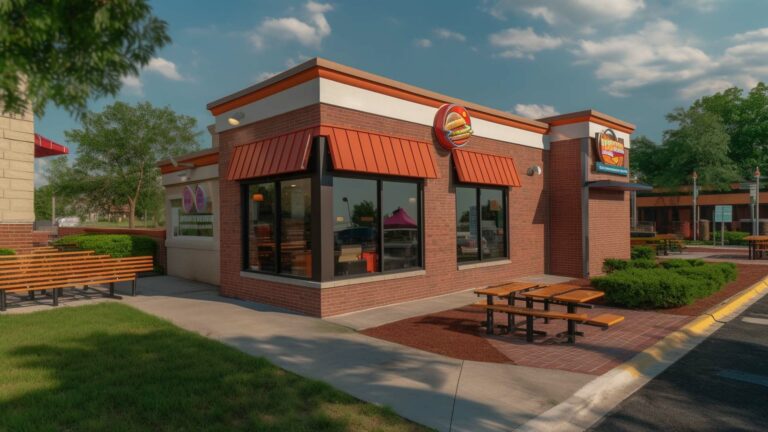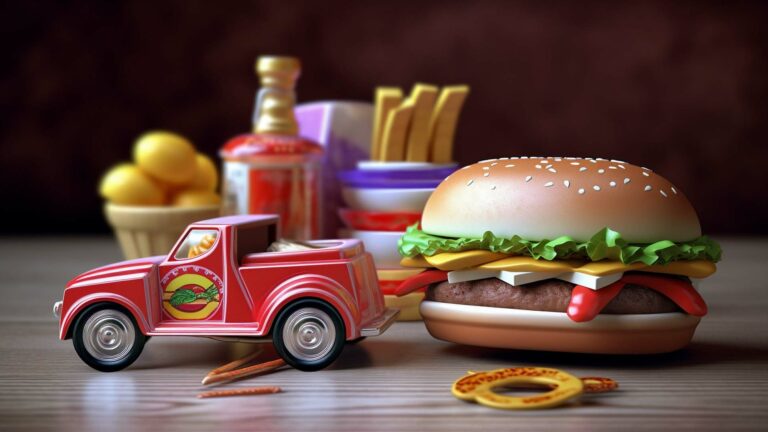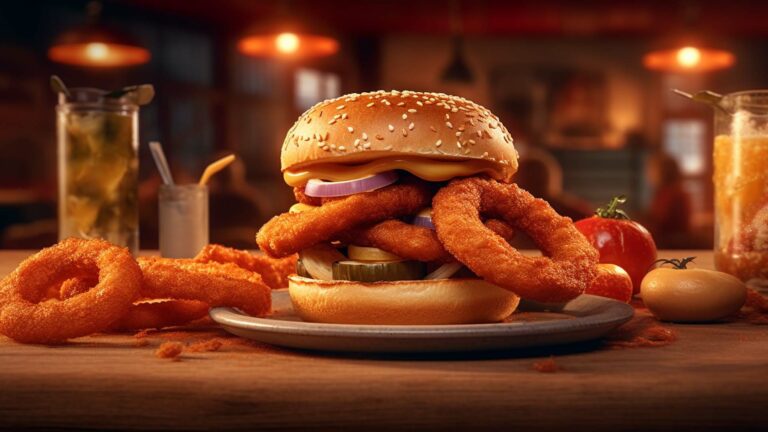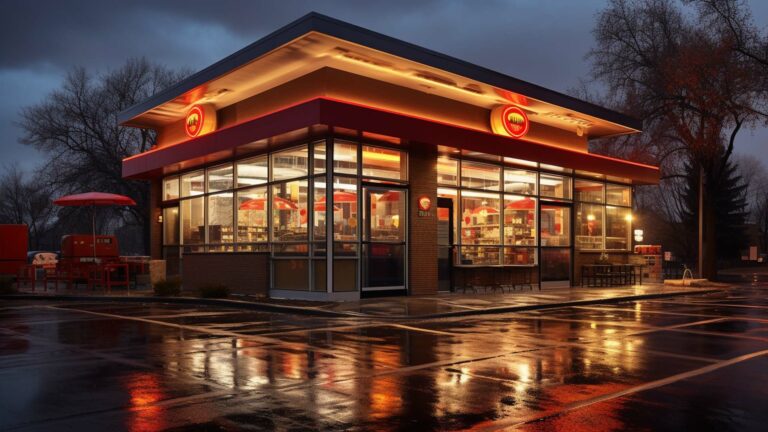Find Fast Food Restaurants Near Me in Minnesota
Minnesota, a state known for vibrant cities and a rich culture, has thriving fast-food scene. Minnesota is known for its health-conscious food and farm-to table restaurants, but fast food still remains a guilty delight for many residents.
Minnesota’s fast-food offerings are diverse, from burger joints that have become iconic to tacos that will make you swoon. We’ll delve into the world of fast food in Minnesota, exploring its history, regional specialties, and the ongoing evolution of this culinary phenomenon.
The Evolution of Fast Food in Minnesota
Minnesota residents have been eating fast food since the early 20th Century when drive-ins started serving cheap, quick meals. In the 1950s & 1960s, fast-food chain restaurants like McDonald’s Burger King & Wendy’s made a real impact.
These establishments standardized food production, created efficient systems, as well as a template to expand rapidly.
Popularity and Ubiquity of Fast Food in Minnesota
Today, fast food is a ubiquitous presence across Minnesota, with countless chains dotting the landscape. Many factors contribute to its popularity. Fast food provides convenience, affordability and consistency.
Those who are in a hurry and want to grab a quick snack will be attracted by the convenience offered by drive-thru window, mobile ordering applications, and 24 hour service. The relatively low cost of fast food makes it a popular choice for those who are on a limited budget.

Health Conscious Fast Food Options in Minnesota
Minnesota fast food chains have worked to create healthier menu options. This includes the inclusion of salads, grilled items, and reduced-calorie meals.
Also, the demand for healthier ingredients and transparency has grown among consumers. Fast food companies have responded with more nutritional data and higher quality ingredients.
Economic and Employment Impact
Fast food is a major contributor to U.S. GDP. It employs millions of workers in Minnesota, providing entry-level job opportunities for many. The low wages and benefits of these jobs has led to concerns about labor rights and income inequality.
Furthermore, the proliferation of fast-food chains has had an adverse effect on local independent restaurants, which struggle to compete with the resources and marketing power of national brands.
The Future of Fast Food in Minnesota
Minnesota’s fast-food market is changing due to the increasing health consciousness of consumers and their demand for healthier food options. Some chains have reduced portions, introduced plant-based options, and expanded menus to accommodate changing tastes and dietary needs.
Technology advancements like automation and self-ordering stations are reshaping fast-food, making them more cost-effective.
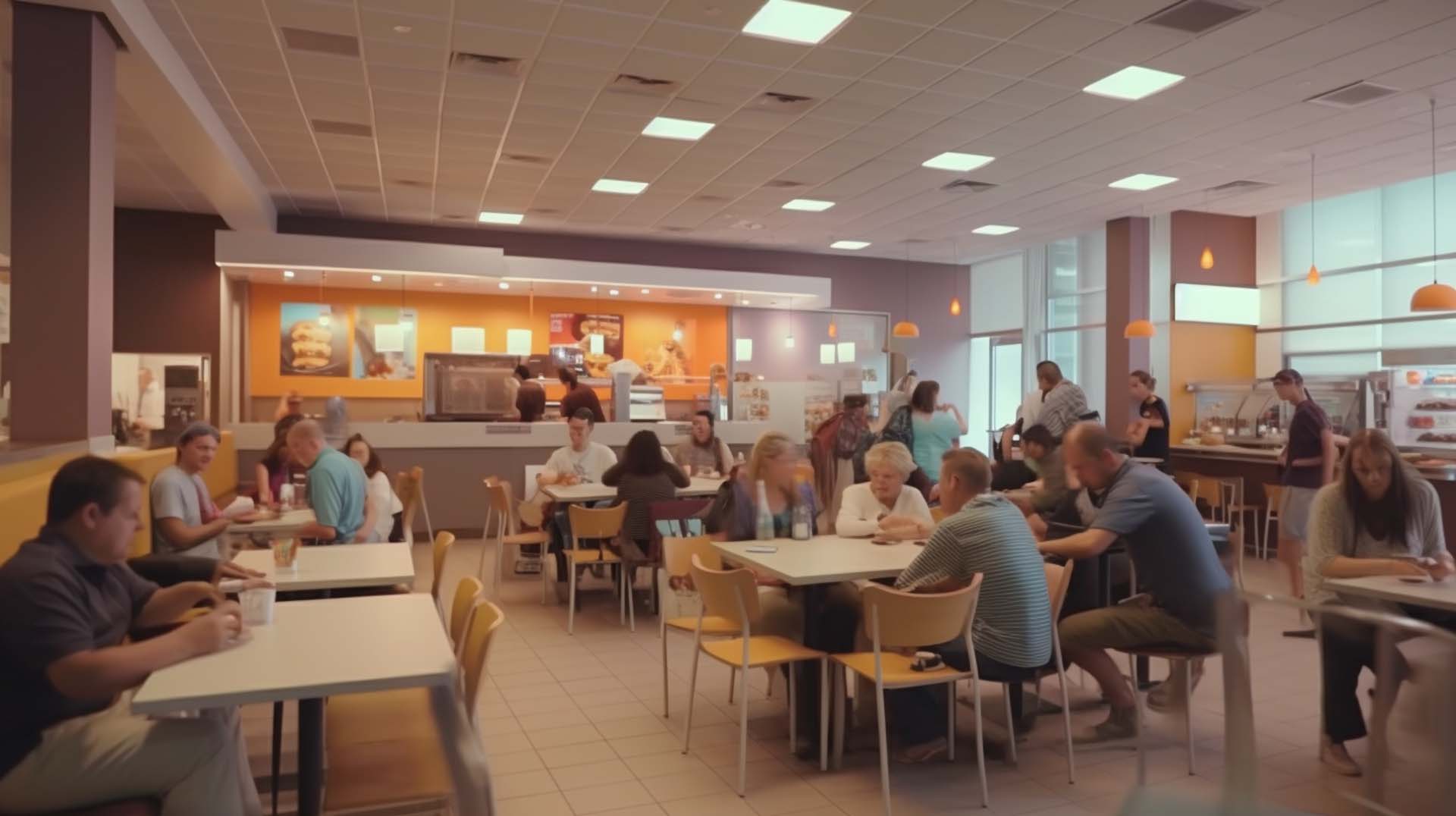
About Minnesota
Minnesota ( MIN-ə-SOH-tə) is a state in the Upper Midwestern region of the United States. It is the 12th largest U.S. state in area and the 22nd most populous, with over 5.75 million residents. Minnesota is known as the “Land of 10,000 Lakes” for having more than 14,000 bodies of fresh water covering at least ten acres each; roughly a third of the state is forested; much of the remainder is prairie and farmland. More than 60% of Minnesotans (about 3.7 million) live in the Minneapolis–Saint Paul metropolitan area, known as the “Twin Cities”, the state’s main political, economic, and cultural hub and the 16th-largest metropolitan area in the U.S. Other minor metropolitan and micropolitan statistical areas include Duluth, Mankato, Moorhead, Rochester, and St. Cloud.


